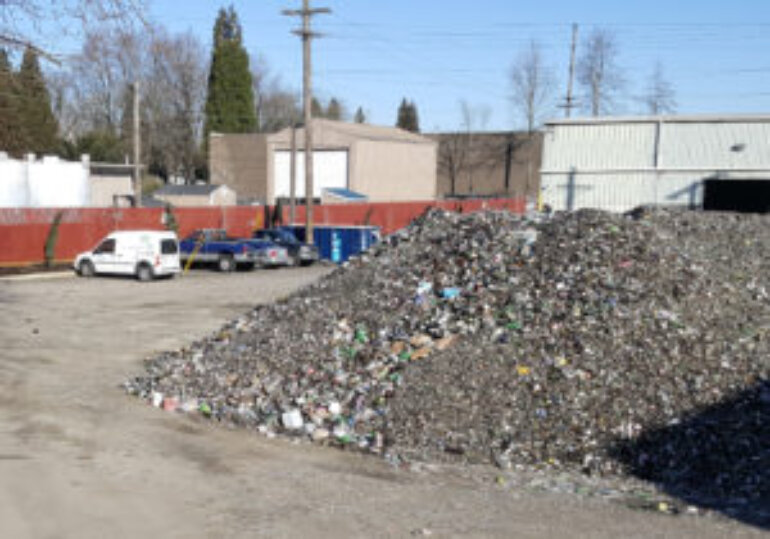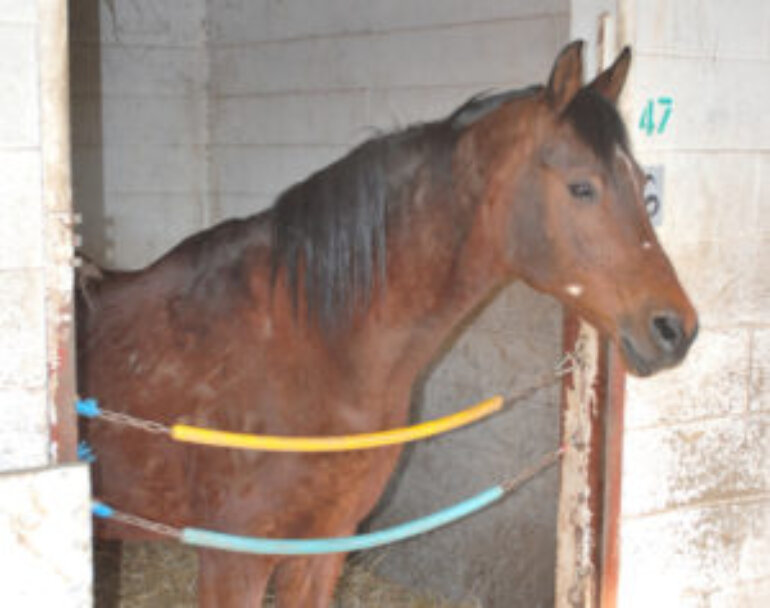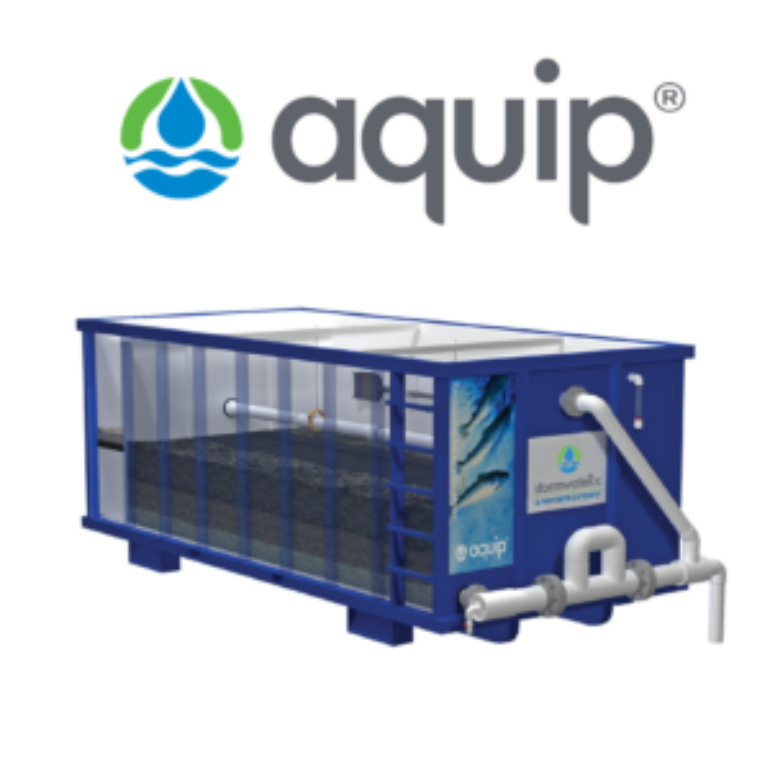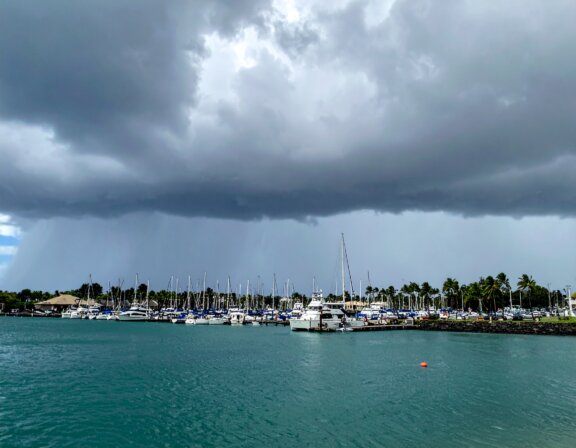Biochemical oxygen demand (BOD) is a measure of the amount of dissolved oxygen used by microorganisms to break down organic material in a sample of water. Because BOD is not one specific pollutant, it can be difficult to characterize the nature of BOD, identify the source in stormwater runoff, and select the appropriate treatment approach to reduce BOD in stormwater runoff and discharge. The most effective way to minimize BOD concentrations in stormwater discharges will be to minimize the exposure of stormwater to materials that are a source of BOD.
By Rob Chapler, PE
Biochemical oxygen demand (BOD) is a measure of the amount of dissolved oxygen used by microorganisms to break down organic material in a sample of water. As they do so, these microorganisms deplete the amount of dissolved oxygen in the water, which can be deadly for aquatic species like fish that rely on dissolved oxygen to live. Because of this hazard to aquatic life, BOD is considered an adverse pollutant in natural waterways where healthy ecosystems are protected. Several states have identified BOD as a pollutant-of-concern related to runoff of stormwater from areas that are associated with industrial activities, and, as a result, have specified water quality limits or objectives for BOD in stormwater discharges from industrial facilities.
Because BOD is not one specific pollutant, it can be difficult to characterize the nature of BOD, identify the source in stormwater runoff, and select the appropriate treatment approach to reduce BOD in stormwater runoff and discharge. BOD may potentially consist of any single or combination of:
- sugars and starches;
- organic products or waste such as fertilizer, compost, or green waste;
- animal products, byproducts, or waste;
- solid waste and recyclable materials or
- vehicle fluids.
The most effective way to minimize BOD concentrations in stormwater discharges will be to minimize the exposure of stormwater to materials that are a source of BOD. Understanding the nature of BOD in stormwater runoff from a specific site will also help inform what treatment approaches may be successful to reduce BOD in the discharge, such as gravity separation, physical filtration, or sorptive filtration. However, in many cases there may be multiple sources or unknown sources of BOD at a site that make BOD characterization difficult, and some sources of BOD are difficult or impossible to remove with available, affordable treatment technology. As many industrial site managers know, getting to the root of a BOD problem and figuring out how to solve it can be a puzzling endeavor.
Adding to the challenge of BOD treatment are potential confounding factors inherent in testing for BOD concentrations in stormwater samples: a short hold time for BOD samples can complicate sample collection and accurate measurement in the lab; analytical test methods can be expensive, time-consuming, and difficult to QC; and other pollutants in the stormwater sample may directly interfere with the test. This last point about pollutant interference is especially relevant when evaluating effectiveness of a site’s chosen BOD treatment strategy.
The basis of a BOD analytical test is to place a stormwater sample in conditions ideal for microbial growth, then test the amount of oxygen consumed over a set period of time–most commonly 5 days for the BOD5 test. However, if there are relatively high levels of other toxic pollutants in the sample such as heavy metals, the microbes in the water will be inhibited or “poisoned,” and will not consume as much oxygen as they would in cleaner water with the same amount of nutrients or food. This microorganism inhibition may result in an underestimate of the true BOD value for a raw, dirty stormwater sample, and a more accurate estimate of the true BOD in a cleaner, treated stormwater sample. With an under-estimated influent BOD and accurate effluent BOD, an observer might conclude that the chosen treatment strategy is either ineffective for BOD treatment, or even that it increases the BOD concentration.
A few options may exist to reduce the toxic pollutant inhibition interference on a BOD sample:
- Test for ultimate BOD instead of 5-day BOD. This is a longer test but may allow inhibited microbes more time to fully utilize the available BOD and oxygen. However, because this is a longer, more expensive test, it is not used as the standard for most state BOD monitoring requirements and the results may not be applicable.
- Work with the analytical lab to analyze the raw stormwater sample at different dilutions to see if a reduction in the concentration of toxic pollutants will reduce the inhibition effect, resulting in different apparent BOD concentrations at different dilution factors. If it can be determined that an inhibition effect was present for raw stormwater runoff samples, a truer BOD concentration will be higher than the BOD tests previously indicated. While this does not help to reduce the reportable BOD concentrations in an industrial facility’s discharge monitoring samples, it may help an observer to better understand what’s really happening with respect to BOD and BOD treatment at an industrial facility.
For more information on BOD testing, see this presentation hosted by the Wisconsin Department of Natural Resources or this excerpt hosted by the Water Education Foundation.

Scrap glass pile at a glass recycling facility – a source of BOD.

BOD can be an issue where animals are present. This photo was taken at a Portland, Oregon racetrack stables.

Aquip media filter effectively removes BOD from stormwater runoff.


